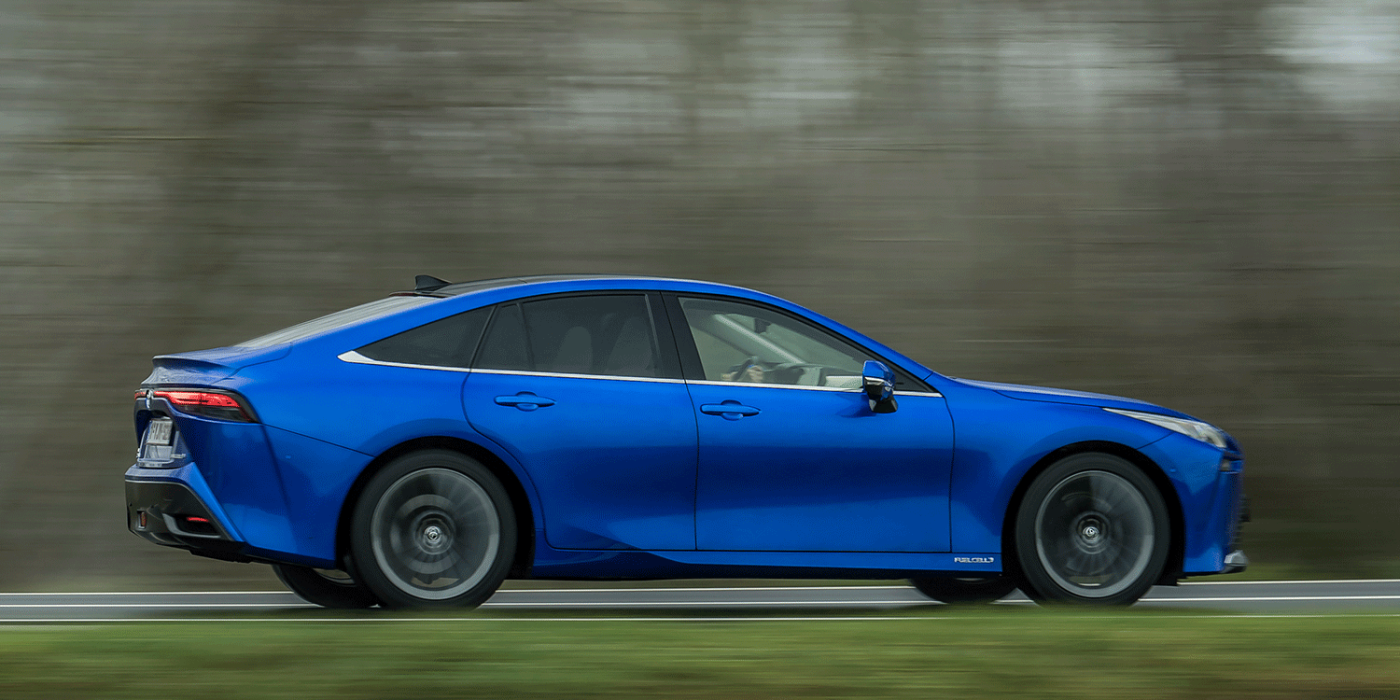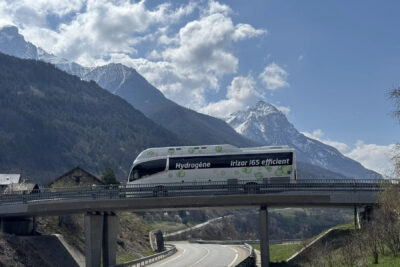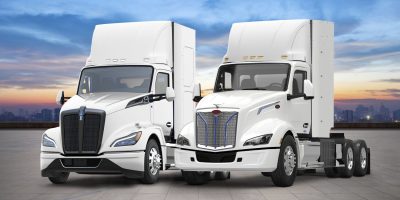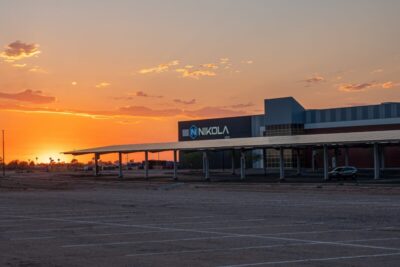“You’d have to be crazy to buy an FCEV”
Even in Japan, there is growing dissatisfaction with hydrogen cars. Taking the example of MK West Group, an upmarket taxi firm operating in Kobe, a Bloomberg report reveals the actual cost of running fuel cell vehicles.
The operator acquired two Toyota Mirai two months ago, primarily because of their short refuelling times. This appeared convenient enough for a taxi company where idle drivers cost money and where cars must be on the get-go at every call.
But what seemed to be an advantage has turned into an annoyance in real life and a costly one. Bloomberg quotes Group President Yoshiaki Aoki, who found the experience underwhelming.
“Two months into using these hydrogen fuel cell vehicles, and the cars don’t even run 10 kilometres” compared to the cost per litre of gasoline, Aoki said, referring to the cost of hydrogen.
He added, “You’d have to be crazy to buy an FCEV, even considering the environmental angle. And customers aren’t prepared to pay extra money because the taxi they’re using is good for the environment.”
Talking about the environment, the taxi company plans to convert a larger part of its fleet to battery-electric vehicles if the high costs for hydrogen do not drop significantly, especially since better BEVs are also coming onto the market. At the same time, there is hardly any choice in hydrogen cars.
For now, MK West will continue to refill the two Mirai FCEVs at a hydrogen station near its headquarters that Air Liquide installed. About three other cars on top of MK West come there almost every day to fill up, Aoki told Bloomberg, paying tribute to the fact that there are only around 8,000 hydrogen-powered passenger vehicles in Japan, a minuscule portion of some 80 million cars on the country’s roads.
Yoshihiro Ueno, a senior executive manager at Air Liquide in Japan, stated in the same report that while Air Liquide built the station there for taxi drivers to refuel, “most companies operating hydrogen stations for mobility purposes aren’t in the black because there’s no market for it yet”.
Hydrogen station providers get subsidies from the government, but it has become “a chicken and egg problem,” Ueno said.
“There’s no demand, so there are no stations, and there are no stations, so there’s no demand, and this has been going on for quite some time,” he said. “Something has to break through.”





2 Comments